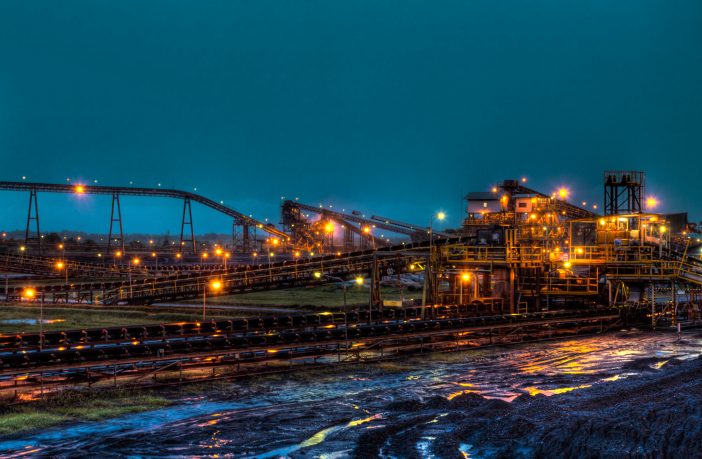- The World Bank has launched the Climate-Smart Mining Facility, the first-ever fund dedicated to making mining for minerals climate-smart and sustainable.
- The Facility will support the sustainable extraction and processing of minerals and metals used in clean energy technologies, such as wind, solar power, and batteries for energy storage and electric vehicles.
It focuses on helping resource-rich developing countries benefit from the increasing demand for minerals and metals, while ensuring the mining sector is managed in a way that minimises the environmental and climate footprint.
The multi-donor trust fund will work with developing countries and emerging economies to implement sustainable and responsible strategies and practices across the mineral value chain.
Partners include the German government and private sector companies, Rio Tinto and Anglo American.
“The World Bank supports a low-carbon transition where mining is climate-smart and value chains are sustainable and green,” said Riccardo Puliti, senior director and head of the energy and extractives global practice at the World Bank.
Puliti added: “Developing countries can play a leading role in this transition: developing strategic minerals in a way that respects communities, ecosystems and the environment. Countries with strategic minerals have a real opportunity to benefit from the global shift to clean energy.”
Promoting climate-smart mining
The Facility evolves out of a World Bank report The Growing Role of Minerals and Metals for a Low-Carbon Future, which found that a low-carbon future will be significantly more mineral intensive than a business as usual scenario.
Global demand for “strategic minerals” such as lithium, graphite and nickel will skyrocket by 965%, 383% and 108% respectively by 2050.
While the growing demand for minerals and metals offers an opportunity for mineral-rich developing countries, it also represents a challenge: without climate-smart mining practices, the negative impacts from mining activities will increase, affecting vulnerable communities and environment.
The Facility will also assist governments to build a robust policy, regulatory and legal framework that promotes climate-smart mining and creates an enabling environment for private capital.
Projects may include:
- Supporting the integration of renewable energy into mining operations, given that the mining sector accounts for up to 11% of global energy use and that mining operations in remote areas often rely on diesel or coal
- Supporting the strategic use of geological data for a better understanding of “strategic mineral” endowments
- Forest-smart mining: preventing deforestation and supporting sustainable land-use practices; repurposing mine sites
- Recycling of minerals: supporting developing countries to take a circular economy approach and reuse minerals in a way that respects the environment
The World Bank is targeting a total investment of $50 million, to be deployed over a 5-year timeframe.
The Facility will focus on activities around four core themes: climate change mitigation; climate change adaptation; reducing material impacts and creating market opportunities, contributing to the decarbonisation and reduction of material impacts along the supply chain of critical minerals needed for clean energy technologies.
Author: Babalwa Bungane
This article was originally published on ESI Africa and is republished with permission with minor editorial changes.















